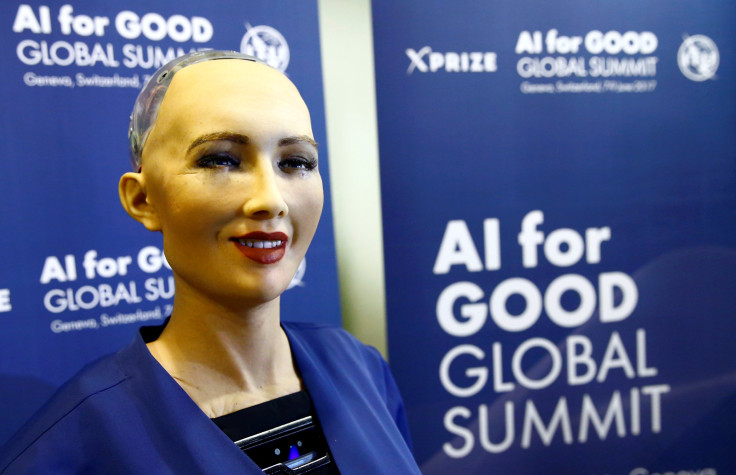Fruit Fly Brain Patterns Can Improve Algorithms that Power Netflix, YouTube Recommendations

Researchers have ventured into uncharted territory to find ways to improve computer algorithms — the brains of fruit flies.
While search algorithms work by analyzing users’ previous searches, a fruit fly searches for fruits by remembering the odor of the fruit they have fed on.
“This is a problem that pretty much every technology company with any kind of information retrieval system has to solve, so it’s been something that computer scientists have studied for years. Now, we have this new approach to similarity searches thanks to the fly,” said Saket Navlakha, assistant professor at Salk’s Integrative Biology Laboratory and lead author of the research paper titled “A neural algorithm for a fundamental computing problem.”
The paper was published in the Science Journal on Thursday.
The researchers found that the methodology by which fruit flies analyze smells differs from how current search algorithms function and therein lies the key to improving them.
Search algorithms currently categorize files. For example, music is clubbed into categories such as artist, genre, duration etc. According to the research paper, flies do it differently. When fruit flies take in an odor for the first time, around 50 neurons are triggered at once in their brains in a unique combination. Instead of categorizing the input received, fruit flies’ brains actually expand the information received from the unique combination of these neurons. The information is then sent out o around 2,000 neurons in the brain, and since the information is spread out, each aspect of the smell is labeled in a unique manner.
Only five percent of these neurons retain the uniquely labeled information, but whenever the fruit fly smells the same substance again, these specific neurons are triggered, enabling it to differentiate between different odors.
The researchers tried algorithms developed using this approach on just three data sets and compared them with old search algorithms to find that they were 30-50 percent more accurate.
The research could improve search algorithms and by doing that change the way we use internet-based services such as Netflix or YouTube.
It would also mean that search algorithms will be more easily be able to differentiate between almost identical data and prioritize one over the other. For example, if you are looking for an image of a jet plane, it would rank the most suitable image first.
This method is opposite of what we use today but it is a faster way of reaching the same conclusion.
The researchers have not covered one aspect of the neural method of fruit flies in their study though. Applying these kinds of search algorithms might need more processing power — the bees do use 2,000 neurons at once, even if they do it for a very short duration.
So, maybe a starting point for applying these algorithms might be supercomputers rather than regular computers. They could then be scaled down to work on regular PCs and smartphones.
© Copyright IBTimes 2024. All rights reserved.











